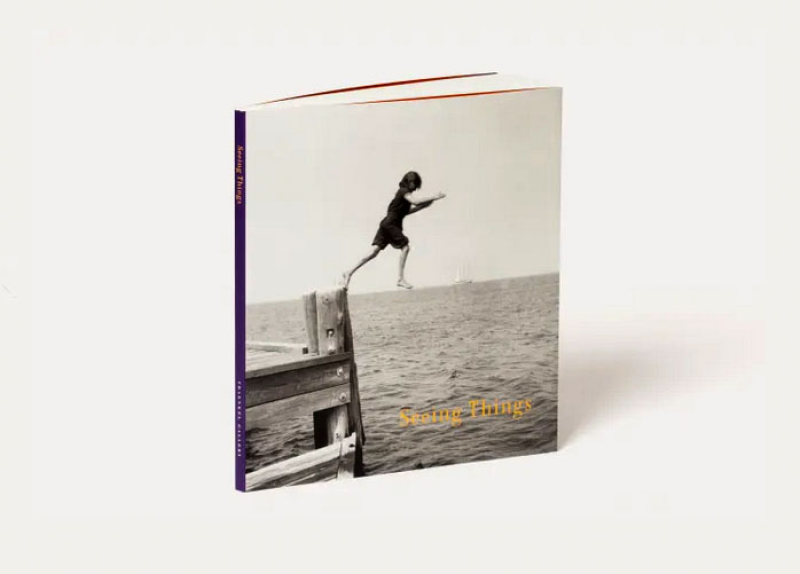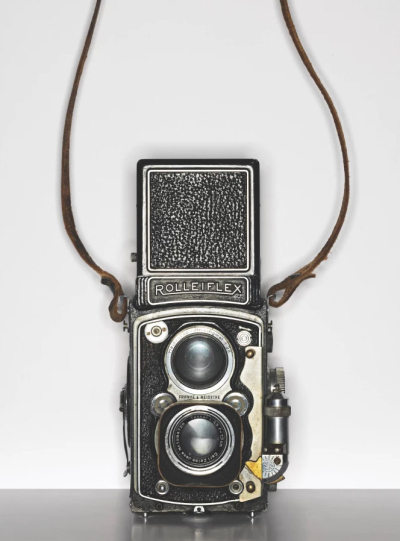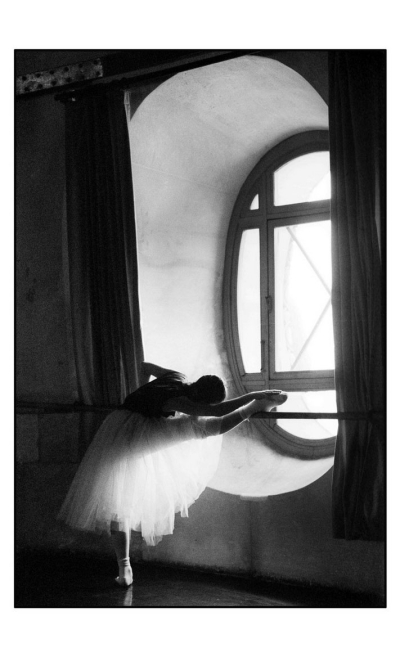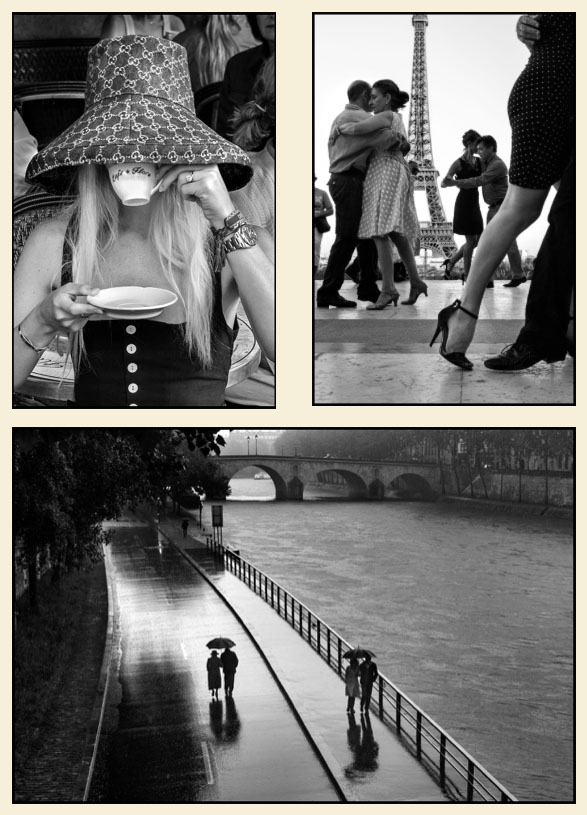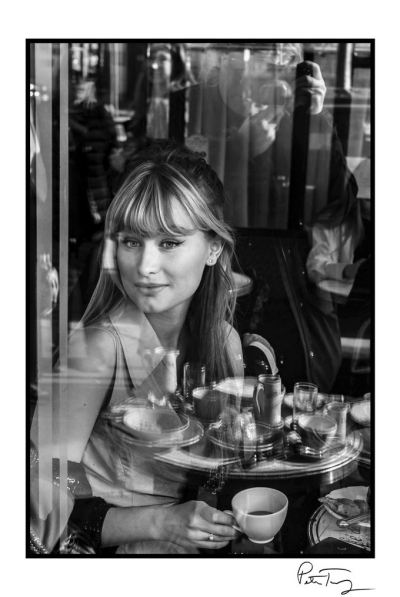
Illustration courtesy CameraSize.com, used with permission
Sony A9 and A9 III. You can see every
angle at CameraSize, links below.
Here's another little development recently that I had missed. Sony finally changed the "brutalist" design of its FF camera line, all hard shapes and squared-off lines, after sticking with the same design for, in my opinion, way too long. I never found the design hand-friendly, ergonomic—or appealing, except to look at. I always thought it must have looked splendid in the drawings during its design! The new A1 mark II and A9 mark III both share an identical design that is substantially revised, with changes that look like it will make them easier to handle and use.
(Brutalism is a style of architecture—you can look it up, or refer to such buildings as the Royal National Theatre and the Barbican Centre in London, which have the grace, style, and eye-appeal of Soviet-era Russian housing projects, no offense.)
It's important because, as B&H Photo puts it in the paper catalog(!) it mailed out recently—or it may be a paid ad, it's tough to distinguish—"#1 FULL-FRAME MIRRORLESS CAMERA BRAND SINCE 2012." If that's true it's quite an impressive feat. I know that Sony landed on the formula first, and the other makers essentially ceded the category to Sony for a very long time—more than five years—prior to the "full-frame mirrorless (FFM) revolution" in 2018, when the other makers, chiefly Nikon, Canon, and Panasonic, all scurried over to FFM seemingly en masse. (Leica was already there, with the new SL series, because it had gotten into its groove of following Sony's lead by then.) That Sony has been able to hold on to the No. 1 position since then was news to me, and no small feat.
If you want to see the differences in the new design vs. the old, go to CameraSize.com and call up the Sony A1 vs. the Sony A1 II, or the A9 vs. the A9 III. That will let you see the differences from every angle. Nothing radical, but changed enough so that it looks like it would make for improvements in use.
Viewing screen engineering
Another startling development of the new body style—and I know I make too much of this, and that I'm like a broken record* on the subject—is that the viewing screen is both the flip-up type and the flip-out type! Sony has engineered it so it works both ways. That's interesting. Fujifilm might have met its match in the "perfection of the viewing screen race" at which I am the only spectator. So you no longer have to choose one or the other. Or, if you're me, you no longer have to continually gripe about what is, after all, a relatively minor feature that most photographers ought to be able to get used to one way or the other.
I think I need to see one of these cameras and hold it to get a handle, no pun intended, on its haptics. Of course, the A9 III costs $6,000 and the A1 II costs $6,500, putting them out of reach for somewhere between 50% and 70% of the U.S. population. Or, we might look at it the other way 'round and say that it makes them more exclusive and better as status symbols. Sony makes a whole lineup, though, so, pick your spot. The everyday cooking version of its FFM family is the A7 mark IV, which B&H will sell you for $2,100. For only $200 more, it comes with a kit lens, extra battery, card, and camera bag.
The revised design has not filtered its way down into the rest of the line yet. But it might, eventually.
Mike
*That means I repeat myself over and over again, as the many young people who are into vinyl all know. ;-)
Original contents copyright 2024 by Michael C. Johnston and/or the bylined author. All Rights Reserved. Links in this post may be to our affiliates; sales through affiliate links may benefit this site. As an Amazon Associate I earn from qualifying purchases. (To see all the comments, click on the "Comments" link below or on the title of this post.)
Featured Comments from:
David B.: "I don't know if you've ever been to London's concrete and glass Royal National Theatre, but let me explain.
"The concrete has no colour—it's just grey, like colourless black with some white added—and nor have its windows. But the texture of the colourless concrete (which has no colour or fancy stylistic flourishes of its own) is of timber...the 'shuttering' mould ('mold') into which the concrete's been poured was slightly raised and depressed rough planks of wood, instead of the usual smooth plywood, and so it has the texture of, it is an homage to, Shakespeare's 'Wooden 'O''...you know, from the preamble to Henry V. So the substance of the building has no vanity of its own, but is a deference to, and an acknowledgement of, its progenitor and antecedent of 425 years ago.
"Inside, in the huge foyer, the same timber-textured unassuming and modest concrete (just pulverised stone mixed with water) frames the huge glass windows which also have no colour of their own, but they—and the glass doors—admit the outside world into the theatre. The chrome handrails for the stairs have no colour of their own, either. But the colours which fill the foyer—and then the several theatre spaces inside—are those of the clothes of everyone who brings their own life into the building. As its architect said: 'The foyer is the fourth auditorium.'
"As night falls, instead of the light and activity inside the building being visible outside, the lights and activities outside the building pour into it, through those huge windows.
"It is an unremarkable grey, angular building from the outside, but it hosts colour and glee and imaginary worlds inside: Caliban, Prospero, Arthur Miller's Joe Keller, The Lehman Trilogy, A Midsummer Night's Dream, Rockets and Blue Lights and a thousand other stories, music and artistry.
"Instead of scoffing and scorning it as absorbed through opinions in newspapers or magazines, or Charles' unappreciative and downright stupid remarks, you shouldn't scoff unless you've experienced it for yourself...as any true diarist or journalist should."
Mike replies: Sad to say I don't think I'll ever see London again. I was there twice, once when I was 11 and again when I was 14. So I appreciate your appreciation, if you will.
I've always wanted to visit Paris and London again, but as we get older the realization comes that many of the things we had put off to "the future" are probably never going to happen. That's life. Carpe diem!
Tom Burke: "I'm another one who is fond of Brutalism—when it's been done well. One of the problems with Brutalist buildings in the UK was that many of them were built for local authorities, which a.) reduced the construction budget during the building, and b.) reduced the maintenance budget thereafter. The result, all too often, was housing estates (you would call them 'Projects,' I think) that quickly became awful to live in. I wouldn't defend them.
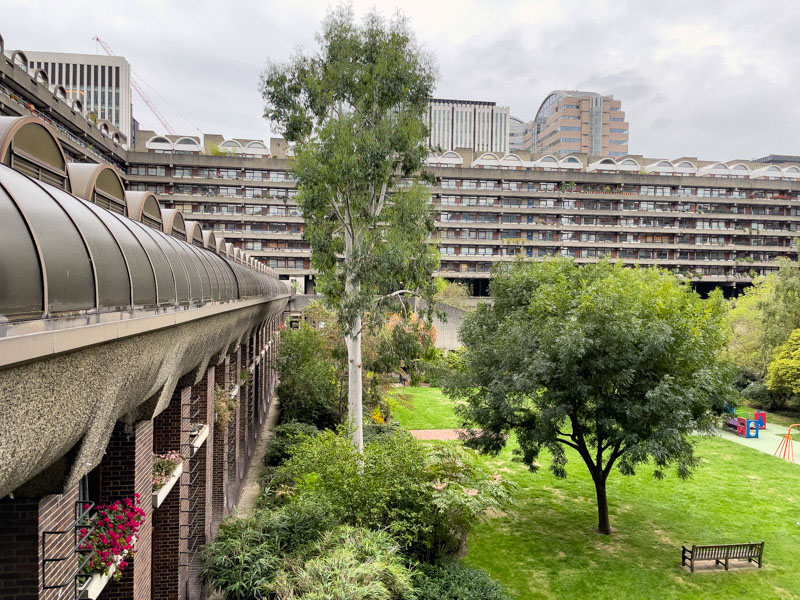
"But that's not what happened to either the National Theatre or the Barbican estate. The National was always a showpiece, and was constructed and cared for as such. The Barbican was built for a very well-off local authority indeed—the City of London Corporation, which is the authority for the old square mile of the City. In the '80s and '90s the flats (apartments) became privately owned, thanks to the then-government's 'Freedom to Buy' policy, and they remain very popular (and expensive) today. Books have been written about the Barbican! The development also includes a well-regarded theatre and arts centre (The Barbican Centre) and a prestigious school (The Guildhall School of Music and Drama). I've always enjoyed walking around the Barbican (and taking pictures there) and residents apparently greatly enjoy living there.
"Quite a few of the best Brutalist buildings have been 'Listed' in recent years—opinion is turning back in their favour."
Christer Almqvist: "Just in case some of your readers did not follow your hint to look up 'brutalism,' here is what they might have found: 'The term "Brutalism" derives from the French phrase béton brut, meaning "raw concrete"...which was popularized by Swiss-French architect Le Corbusier in his designs.'"
Robert Roaldi: "I don't know what to make of this. There are two, maybe three, beautiful Brutalist buildings, and thousands of butt-ugly ones. Is that a good success rate? (Maybe there are more than two or three, what do I know? I have seen a lot of ugly ones though.)"
Thom Hogan: "Just as you didn't notice Sony's body change, people haven't noticed Nikon's, either. The Z50II, Z6III, and Z8 all share—though at different sizes—a new design that's got a bit better UX [user experience —Ed.]. The difference is that Nikon has done it in three sizes; Sony is using the same body for the two cameras you mention.
"As for the B&H brochure, yes, it's somewhat pay-to-play and has to be looked at as advertising, not information. Sony's claims about full-frame appear to be based on NPD cash register data in the US, but it's been interesting that both Canon and Nikon have also made claims using that same data."
Mike replies: So where do the FFM (full-frame mirrorless) makers stand relative to each other, Thom, is that information available? Or good enough so educated guesses can be made? Presumably, dedicated photographers might be more interested in that than in overall market share.
Thom: "Answer to your question: The problem with NPD data is that it includes hanging dealer inventory. Sony has, for instance, the A7II, A7III, and A7IV all listed as current, while Nikon has now removed the Z6, leaving the Z6II and Z6III (and I suspect the former will go away before Sony clears their models). So what happens is that it's difficult to tell (at least without the full NPD data) what's really happening with current cameras. Nikon's serial numbers and full disclosure in their financials lets us sort of reverse engineer what individual models are doing (I have an article coming on that), but we don't have that level of data from Canon or Sony. What is interesting is that from every data source I can access, the notion that full frame volume now exceeds APS-C seems to only be correct for Nikon, though I need to do more digging on that. Again, I'll have more to say on this soon."

